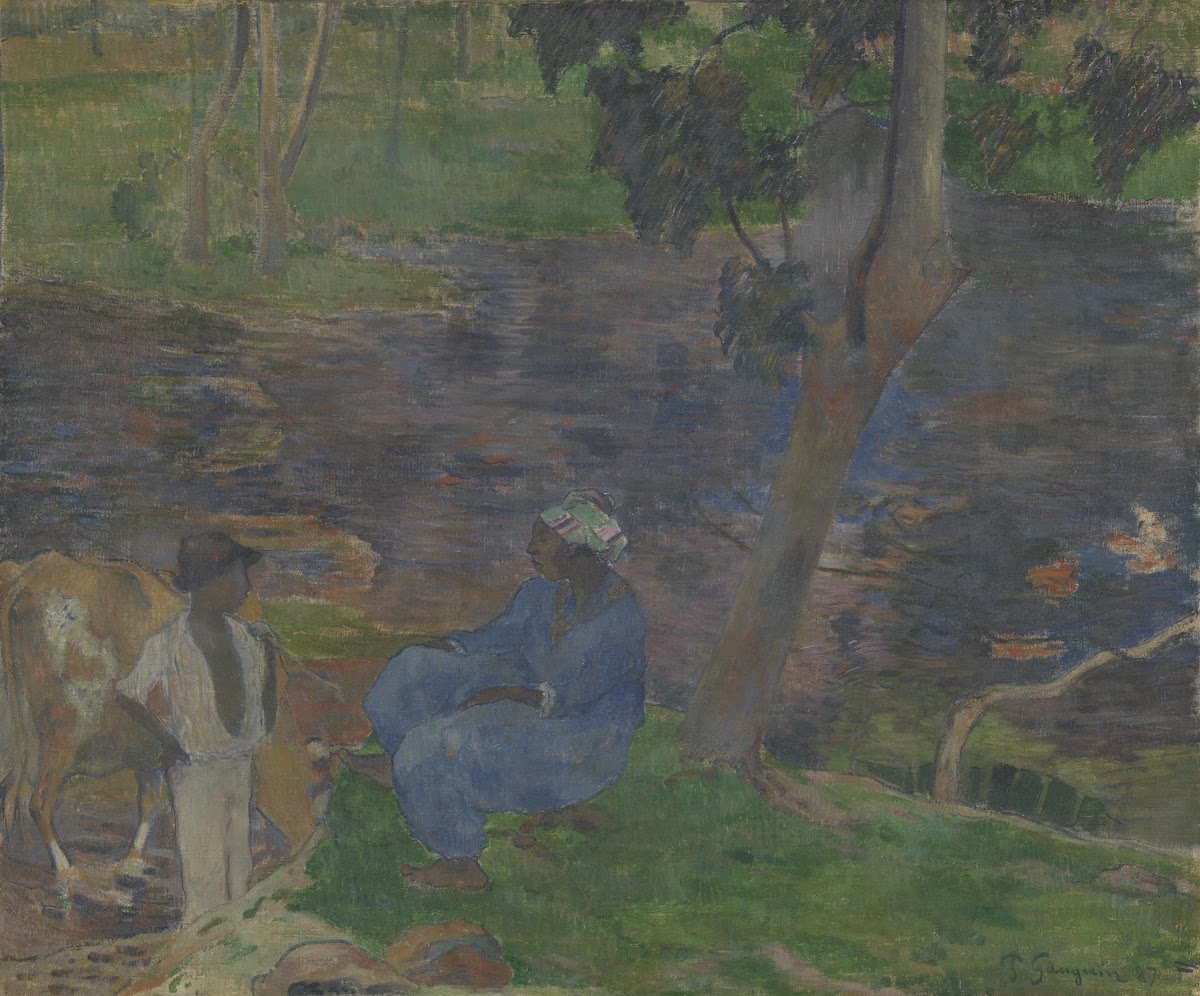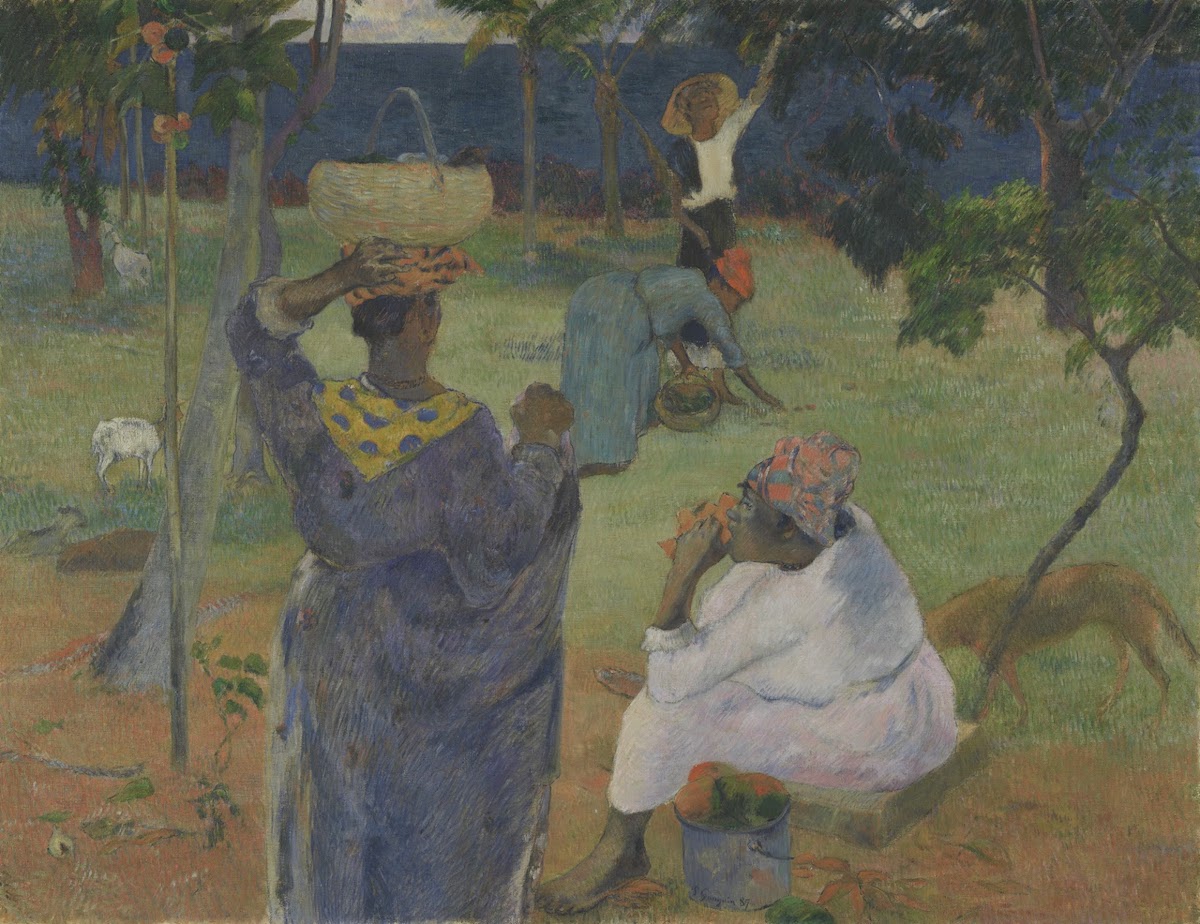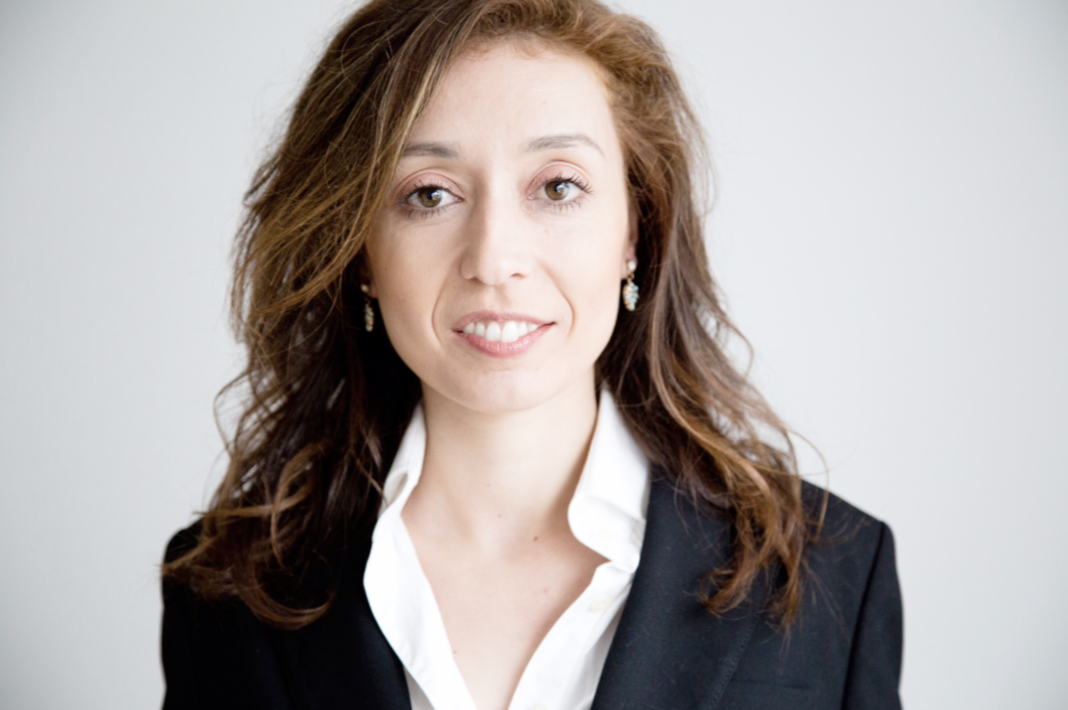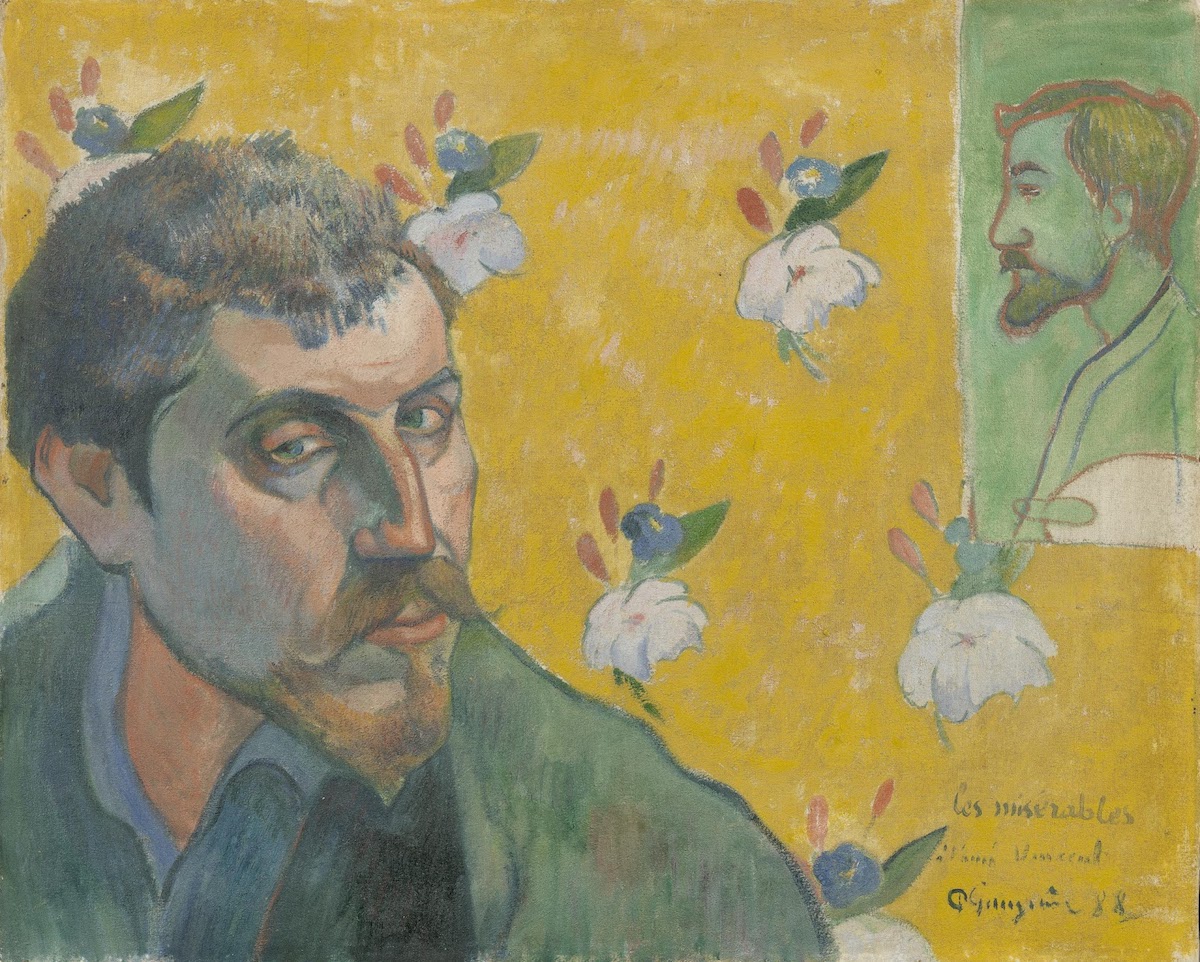January 27th, 2019. ‘Gauguin & Laval in Martinique’ was recently on view at the Van Gogh Museum in Amsterdam. This exhibition, which ended on January 13th, rekindled three productivity lessons. In short, that travel is and remains an important source of inspiration, that mentoring is key to personal developmentand that living outside of a bustling capital city can help you develop your signature style.
The Benefits of Travel.
In June 1887, French painters Paul Gaugin & Charles Laval arrived at the French colony of Martinique in search of an exotic unspoiled environment. This was to become a short yet meaningful stay both in terms of their artistic practice and personal development.
In the Martinique, both painters took keenly to represent their surroundings and everyday life, avidly depicting everything, from seascapes to women transporting kilos of vegetables on foot in striking colors of green, yellow and orange.

More than new subjects, the Martinique landscape and life afforded the painters with new artistic possibilities. The inspiration from that stay became manifold; their newly developed style included creating complex compositions, experimenting with bold lineation against simplified plans of colour, and adopting warm and vibrant colours.
In today’s day and age, internet access truly makes us citizens of the world, giving us global and instant access to all kinds of information, experiences and ideas. However, nothing seems to replace travel when it comes to getting new ideas and inspiration.
The positive effects of travel experiences on perceived health, wellness and learning skills have been demonstrated by multiple studies. A study from 2012 by Janice Scarinci and Philip Pearce– which builds on an earlier study from 2007 by Pearce -, attests travelling to result in learning generic skills. Such skills include self-confidence, independence, being open-minded and feeling comfortable around all kinds of people, provided that the travel is international and has occurred on at least four occasions.
In an article from 2014, authors Jessica de Bloom, Simone Ritter, Jana Kühnel, Jennifer Reinders and Sabine Geurts, make a clear distinction that “although vacations seem to increase chances on creative insights by raising the amount of available cognitive elements (flexibility), they do not necessarily lead to higher levels of originality (uncommon, remote and clever ideas)”.
Perhaps leading less to original ideas, travel definitely helps you to gain a more creative brain. By setting foot on a different environment, inhaling the local smells, enjoying the food unhurriedly, talking to people that cross your path somewhat unexpectedly, only when listening to the whooshing sounds or feeling new surfaces will you be changed by what you experience during your travel.
The Benefits of Mentoring.
Paul Gauguin and Charles Laval made it a habit to discuss their own work, talking the same language, endlessly discussing breakthroughs and setbacks, supporting and giving critique when needed, mentoring each other. ‘Still Life with Profile of Laval’ (1886) by Gauguin is an homage to this comradery.
Mentoring is generally described by Shaughnesy as a “creative alternative to direct instruction and teaching that provides an emotionally supportive relationship for the protege. (..) Creativity can be enhanced as the mentor serves as a role model for the protege and models creative behaviour, critical thinking, analysis, information processing, and possibility thinking. Networking can also be creatively used by administrators to “bring out the best” in young aspiring executives”.
In his research, Kram identified two types of mentor functions, the first is career-related support to learn the ropes of organizational life, gain exposure, and obtain promotions, while the second type of support is psychosocial and includes role modelling, acceptance and confirmation, counselling, and friendship.
The painters exchange was of this last kind. During this travel, Paul Gauguin was to produce major artworks that include ‘Path Under the Palms’ (1887), ‘On the Banks of the River’ (1887), ‘Study of Martinican Women’ (1887) and ‘The Little Washerwoman’ (1887), along with rapid sketches of carriers and of live models with their colourful madras fabrics.

The painters’ network further extended to their fellow painters back in France. To Vincent Van Gogh for example, who declared ‘The Mango Trees’ (1887) by Gauguin, depicting the traditional picking gathering and eating of the mangos, to be “high poetry”. It is considered Gauguin’s most ambitious work produced during his Martinique stay.
The Benefits of Living Outside of a Bustling Capital City.
In the summer of 1988, returning to the Breton village of Pont-Aven, Paul Gauguin had earned new subjects and a new style. He kept painting from memory throughout the next years, emphasizing flat planes and taking simplification of form and line even further. Experts agree that his palette grew warmer and saturated with reddish- purple tones omitting the horizon altogether. ‘Fisherman and Bathers on the Aven’ (1888) is but one example.
So it was, in quiet Pont-Aven, far removed from the capital, that both painters were able to develop and deepen their innovative and personal styles instead of simply doing what everyone else was doing in Paris. It was the distance from the capital and its trends, the quiet solitary work in the countryside combined with the inspiration brought back from their travel that resulted in finding their own voice, in creating their own expression and ultimately leaving their own mark in art history.
Later, Gauguin would further travel to Tahiti (1891) and settle permanently in French Polynesia (1895), deepening his expression and producing wonderful work that would remain forever unparalleled in the art world.
Trend forecasters speak today of the benefits of quitting city life. In a globalized time when all world capitals come to look alike, some creatives opt for abandoning city life in search of alternative and sustainable ways of living, looking for ways to support their creativity and live closer to their values. And that might just be the right thing!
Liliana Rodrigues is a global PR & Marketing professional at international design studio Marcel Wanders.* As a passionate communication strategist and influencer, she regularly writes about brands, art and design.
* Text published January 27th, 2019.
Crane, B. (2015), For a More Creative Brain, Travel. The Atlantic.
Kram, K. E. (1988). Mentoring at work: Developmental Relationships in Organizational Life. Glenview, IL: Scott Foresman.
Pearce, P., and Scarinci, J. (2012). The Perceived Influence of Travel Experiences on Learning Generic Skills. Tourism Management. Elsevier. Volume 33, Issue 2, April 2012, Pages 380-386.
Shaughnesy, M. F. (1995). Creativity in Mentoring. ERIC.


